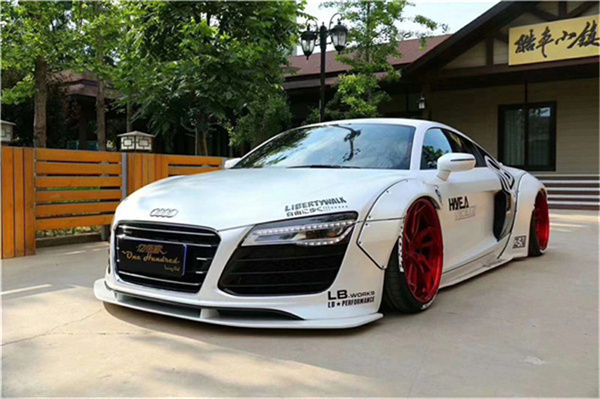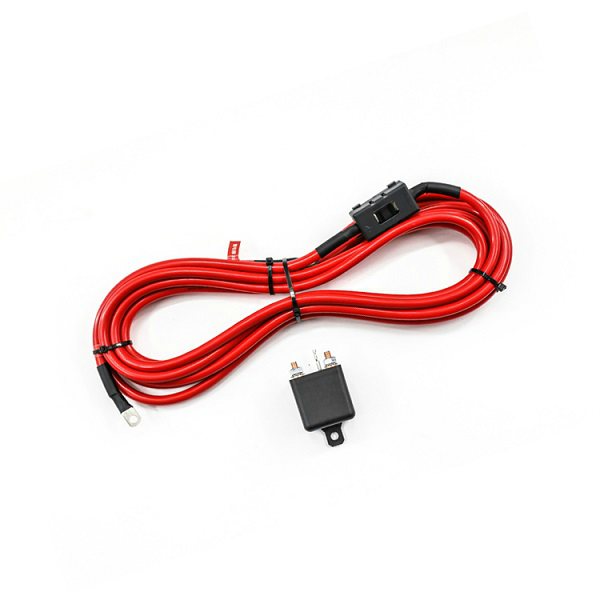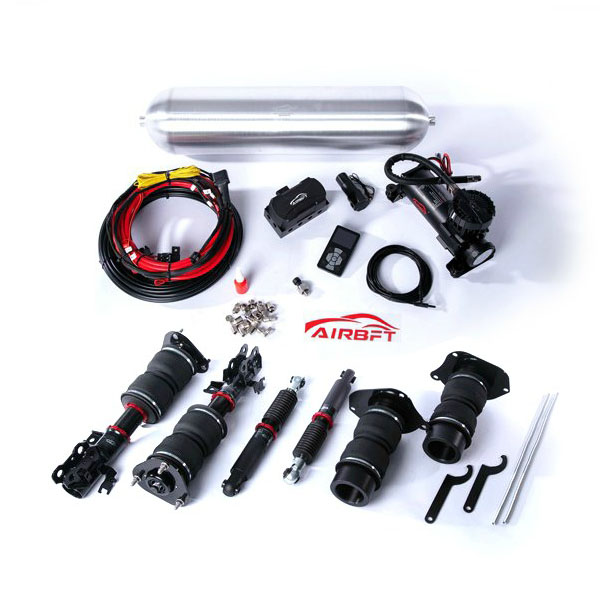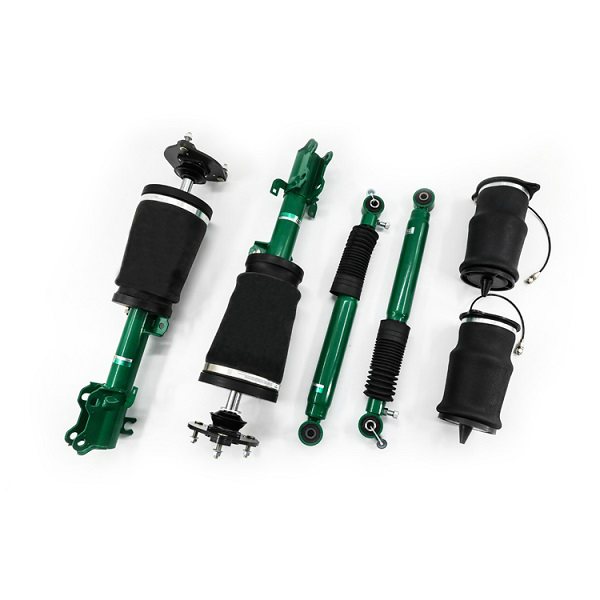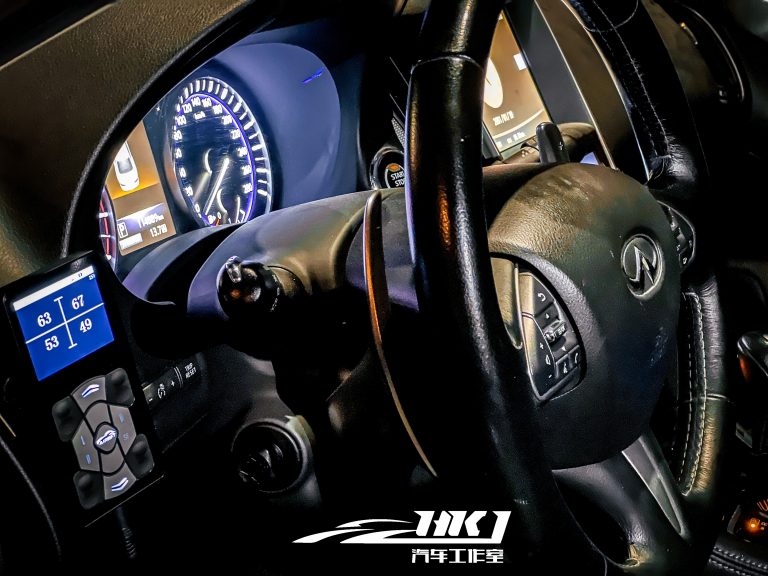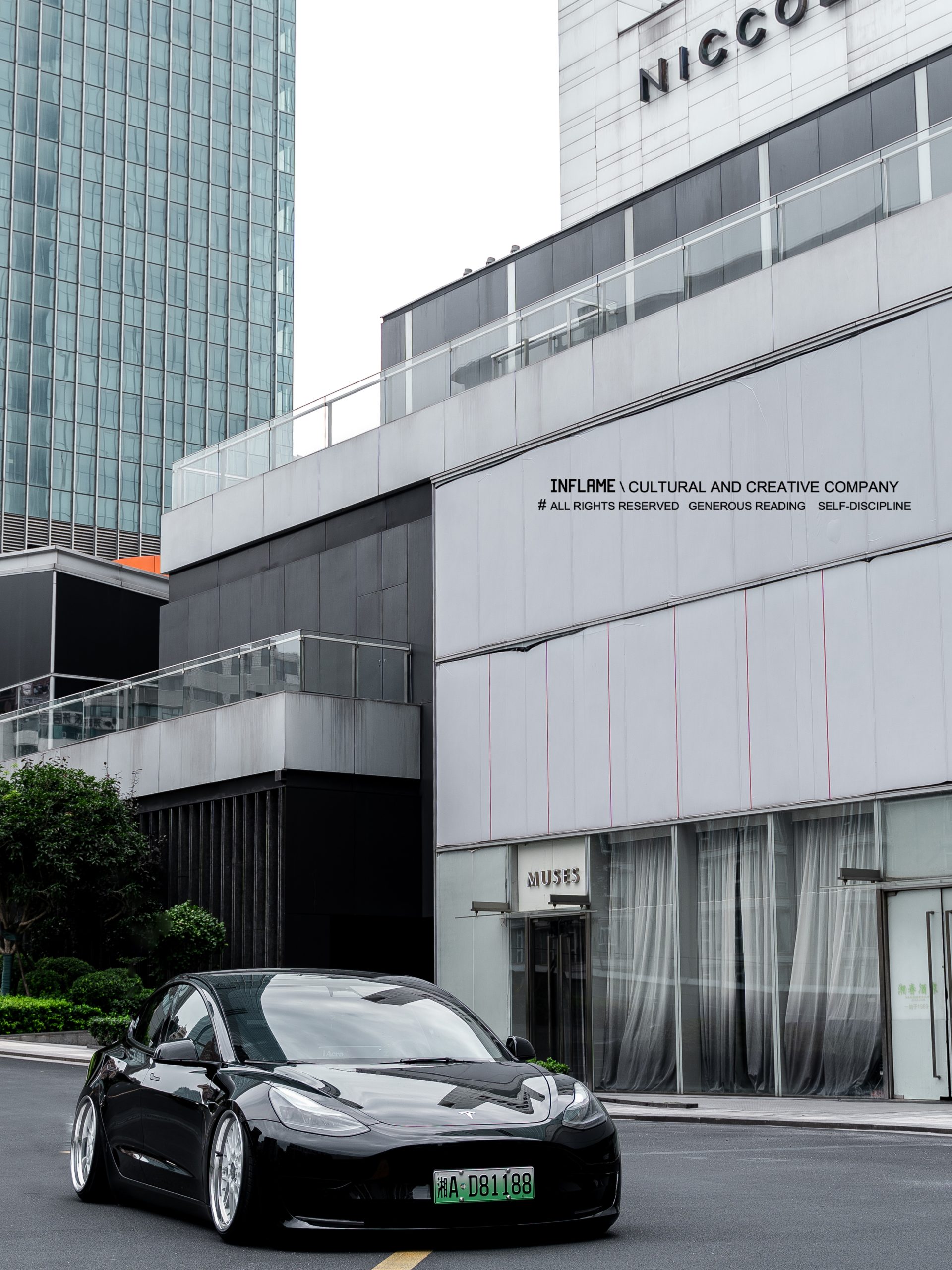Super chariot Ford Mustang fitment shows different charm
AIRBFTsuspension Trend Stance Modification Cultural Center:Super chariot Ford Mustang fitment shows different charm. In 1962, Ford developed the first concept car of the Mustang. The name of the Mustang is to commemorate the legendary American P-51 Mustang fighter in World War II. The whole design is very explosive and it is every man’s dream chariot. Today we are sharing a case of the attitude modification of a five-generation Mustang. The extremely tense appearance and the ultra-low attitude effect make this super chariot more charm.
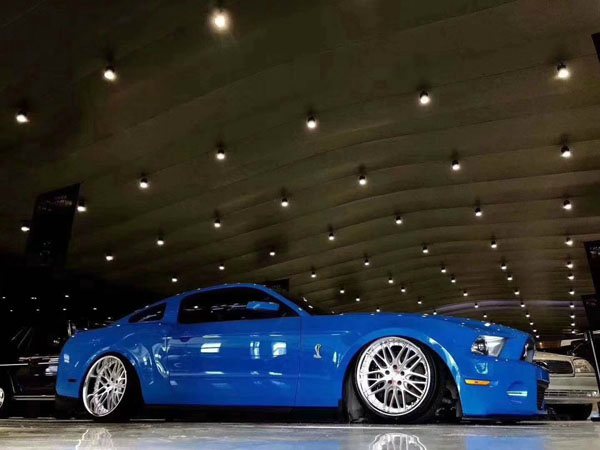
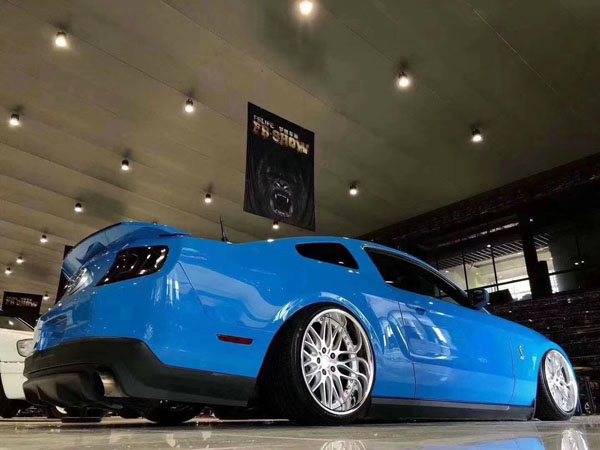
In 1964, the 1/2 type became the ancestor of the changes in the engine cover, interior, headlights and spoiler. After decades of tempering, the Mustang has achieved an iconic status. Standing shoulder to shoulder with the best sedans in Europe, the Mustang quickly became a winning legend. Mustangs need competition, and competition needs Mustangs. Once out of the block, the pony was a champion, and the Mustang swept the top two at the 1964 Tour de France.
The cheapest 1965 Mustang was $537 and was built for Ford by Powercar in Mystic, Connecticut. The 77.8 cm (70 in) “fun” car can be optionally fitted with a 2 1/4 hp two-stroke petrol engine that can reach speeds of 32.2 km/h, or an electric version, which is very quiet at 8.05 km/h driving.
On the track, the Mustang GT showed us its performance—in other words, second only to slightly pricier sports cars like the Nissan 350Z and Mazda RX-7. The powerful 4.6-liter V8 does its job as the car exits every corner, but this Mustang GT carries more weight on the front wheels, so the Mustang’s engine is more powerful than the previous two cars. There’s more weight to push, and it doesn’t seem so eager to crank up the revs without slamming the steering wheel and slamming the throttle. While the MacPherson struts worked well after budget, the Mustang’s chassis lacked international balance when cornering over rough terrain, and the front end creaked a bit. The sound, and the feeling that the heavy components behind it are constantly vibrating, is beyond the acceptable level. The new GT’s larger four-wheel disc brakes have an 18 percent larger friction area than before, which isn’t quite as comfortable on the road and affects the ride’s smoothness. But after two intense laps on the track, that uncomfortable feeling faded away. In other words, the new Mustang feels quicker on the track and easier to drive smoothly than its predecessors, but once off the track, all of those virtues look a little bleak.
From a standstill, the Mustang GT accelerates to 48km/h in less than two seconds, which is unimaginably fast. Usually, this kind of hard acceleration is for those cars with a derailleur pedal and a manual transmission. By using a braking torque technology, the new Pirelli tyres prefer prolonged wheel spin above 2000 rpm, which is easily coordinated with the throttle. The current P Zero Nero grips better than the Goodyear Eagles on previous Mustangs. The new engine revs quickly past the nominal 6,000 rpm redline, shifting gears closer to the actual 6,200 rpm limit. First, second and third gears are tight, shifting almost as quickly as the Mercedes-AMG Speed Shift automatic transmission. However, fourth and fifth gears are black holes capable of absorbing all energy, slowing down the sharply rising acceleration curve.
Toyota suspension decoration style:Ford Mustang fitment




